India Fest in Minnesota: IAM’s Erasure of Hindu Heritage
The India Association of Minnesota (IAM), now 52 years old, is preparing for its annual India Fest to mark India’s Independence Day.
 (1).jpeg) Poster of the event. / Courtesy Photo
Poster of the event. / Courtesy Photo
India—also known as Bharat and Hindustan—has been represented by countless associations across the United States. Most such associations aim to promote Indian culture and heritage, provide community service, maintain a non-partisan posture, and advocate on behalf of the Indian diaspora as needed.
The India Association of Minnesota (IAM), now 52 years old, is preparing for its annual India Fest to mark India’s Independence Day. In doing so, IAM’s promotional poster, “Visit India in One Day,” raises a pressing question: Which India? Is it the emerging, post-colonial India of the 2020s, actively engaged in reclaiming its civilizational identity, or merely a continuation of pre-Independence colonial and Islamic eras fraught with injustice and steady erasure of Sanatani culture and heritage?
IAM’s poster (shown without sponsors’ names) features images like the India Gate, Charminar, Golden Temple, and Taj Mahal, with a notable emphasis on Islamic-era architecture. Even the Golden Temple appears to have been modified with minarets, an overt sign of Islamization, disrespecting Sikhism’s core symbolism. Strikingly, there is not a single Hindu temple or heritage site represented. This glaring omission isn’t just an aesthetic oversight, it’s a profound act of cultural erasure that undermines the civilization that gave birth to Bharat’s pluralistic ethos.
Hindu temples have, for millennia, been living symbols of Bharat’s spiritual, artistic, and architectural genius. They are not optional add-ons to India’s story; they are its bedrock. By erasing them from its portrayal of India on the poster, IAM has chosen to sideline a foundational element of India’s identity, alienating the large Hindu community in Minnesota it claims to serve.
Adding to this pattern of neglect is IAM’s use of a “modified saffron” in the top stripe of the Indian flag—a national symbol meant to honor India’s Independence Day. How careless is IAM to not display the true colors of the Tiranga? Such acts of exclusion and ignorance subtly but unmistakably marginalize the aspirations of today’s New India—an India moving toward modernity, a renaissance of its foundational identity, and a rising global economy.
A recent IAM’s Facebook post about the Pahalgam terrorist attacks and the following Operation Sindoor drew dozens of critical comments from Minnesotan Indians. The backlash was so intense that IAM took the post down, though the remarks remain visible here. It is worth noting how many local Hindus called IAM shameless and spineless.
IAM has also failed to advocate for issues central to the Indian diaspora. For instance, IAM’s response to the Citizenship Amendment Act (CAA), a secular, democratically enacted law aimed at providing refuge to persecuted minorities (Hindus, Sikhs, and Christians), escaping religious persecution, was tepid at best.
Another example is the so-called Islamophobia bill, championed by Minnesota’s own Congresswoman Ilhan Omar, a frequent and vocal critic of India. Despite her consistent record of singling out India, IAM stayed silent on the bill’s anti-India implications. Similarly, IAM has remained conspicuously silent on Hindu temple desecrations, biased portrayals, and even violent attacks, failing to stand up for the significant Hindu community in Minnesota.
Compounding the issue further, IAM has broadened its scope from “India” to “South Asia,” blurring India’s unique identity and cultural tapestry. While regional cooperation is important, using “India” as a convenient label to attract sponsors while systematically downplaying the majority population of Hindus is disingenuous, misleading, and reprehensible. Why not call itself, “South Asia Association of Minnesota?”
At its core, the question remains: whose civilizational history is IAM narrating? India’s pluralism is real, but it is built upon a Hindu civilizational foundation. To erase that is to erase a core part of what makes India truly India. If IAM wishes to represent the Indian diaspora, it must recognize and respect the place of Hindu heritage within India’s mosaic. Failing to do so only deepens the mistrust of the broader Hindu community in Minnesota, which sees its culture being sidelined under the banner of “South Asia’s diversity.”
IAM has an opportunity—indeed, a responsibility—to honor all of India, including its Hindu roots. India deserves to be recognized for what it is, not just as a geographical part of South Asia. Only by embracing this fullness can IAM claim to be a representative of India and the Indian community in Minnesota.
The poster for India Fest, along with other incidents, reveals a troubling pattern: IAM is not for India and Indians in Minnesota. It is time for IAM to introspect and consider changing its name and mission. Using India in its name for community resources and going to the State of Minnesota as if IAM represents the collective voice for the diaspora is unacceptable and immoral.
(The views and opinions expressed in this article are those of the author and do not necessarily reflect the official policy or position of New India Abroad)
ADVERTISEMENT
ADVERTISEMENT
E Paper
Video



 Vijendra Agarwal
Vijendra Agarwal
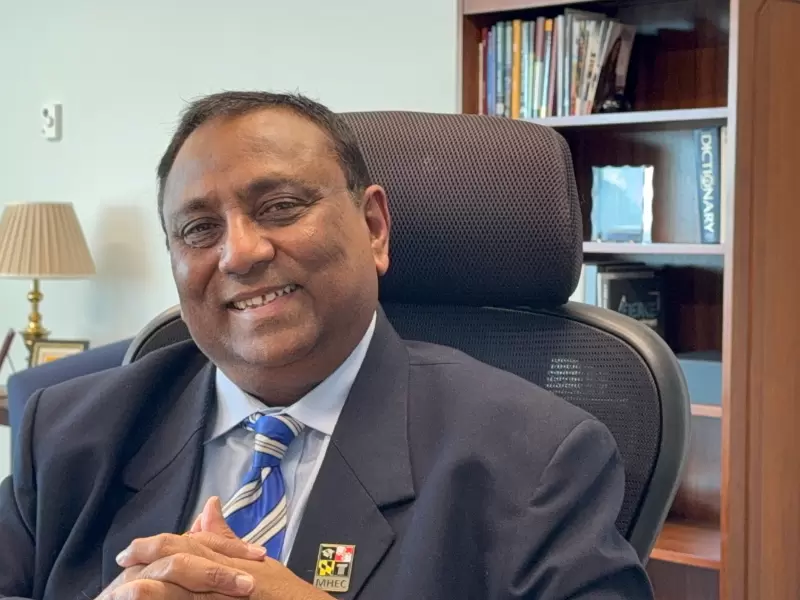
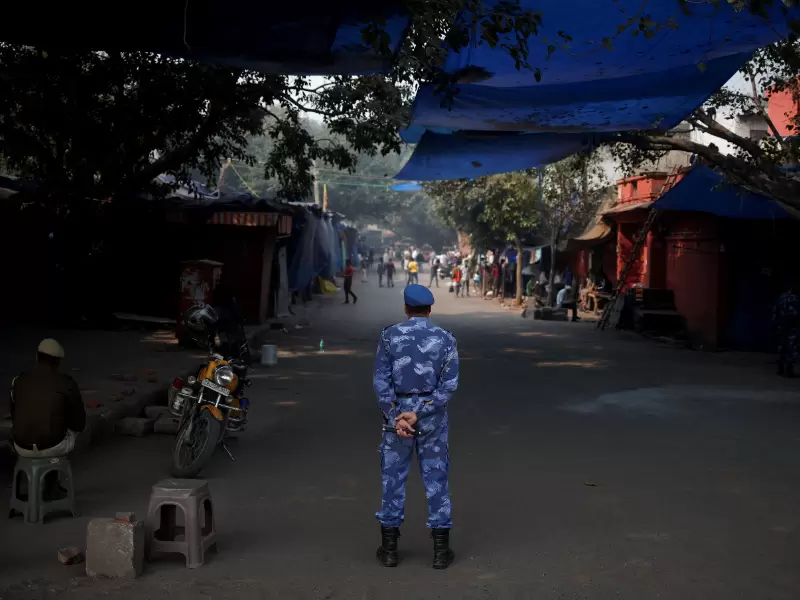

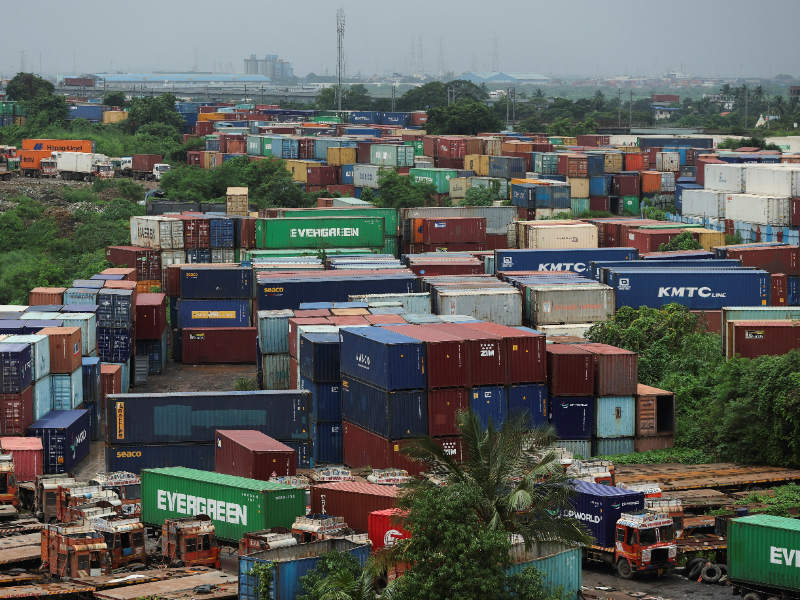
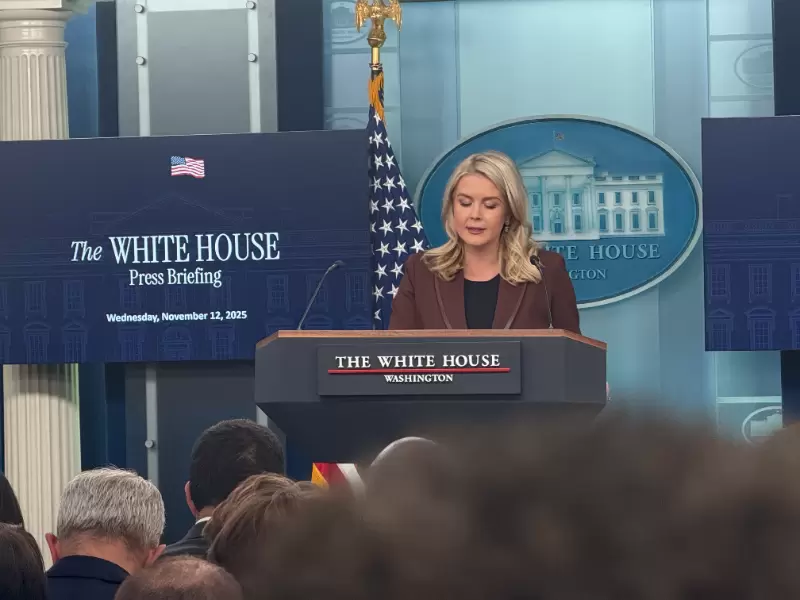


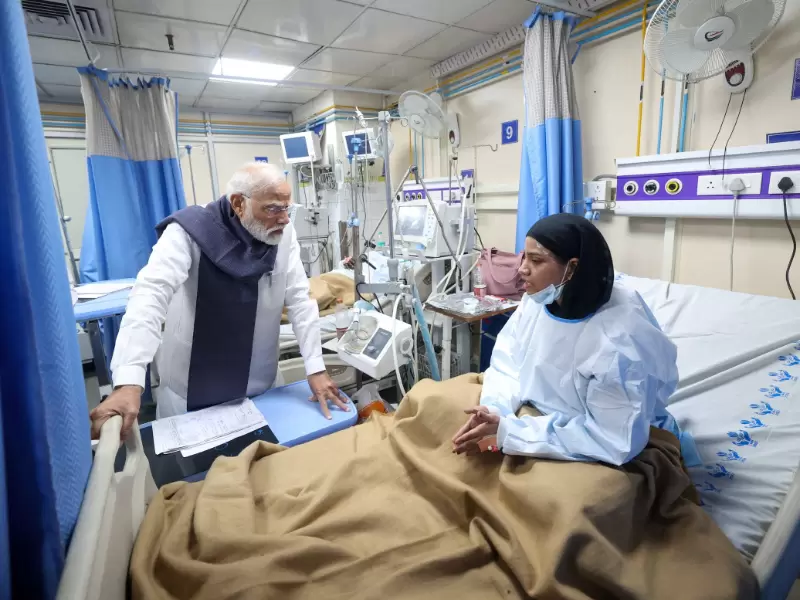

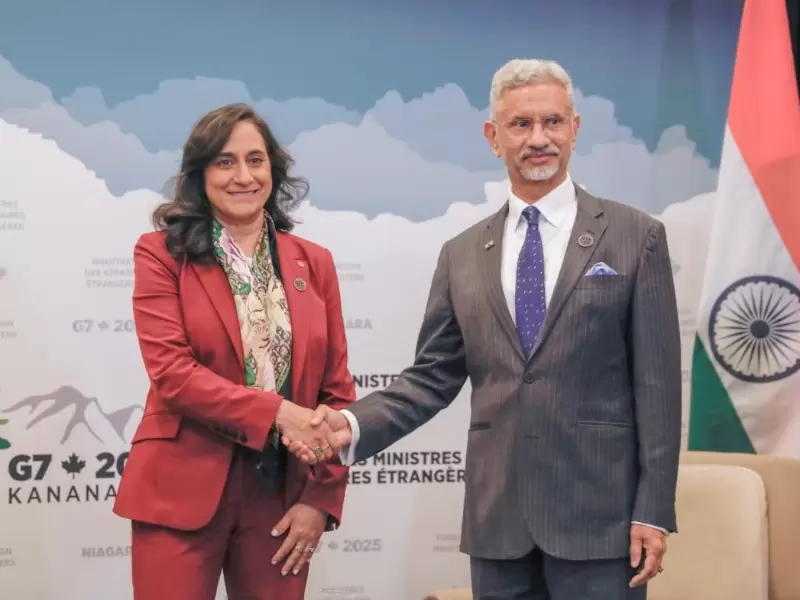


Comments
Start the conversation
Become a member of New India Abroad to start commenting.
Sign Up Now
Already have an account? Login